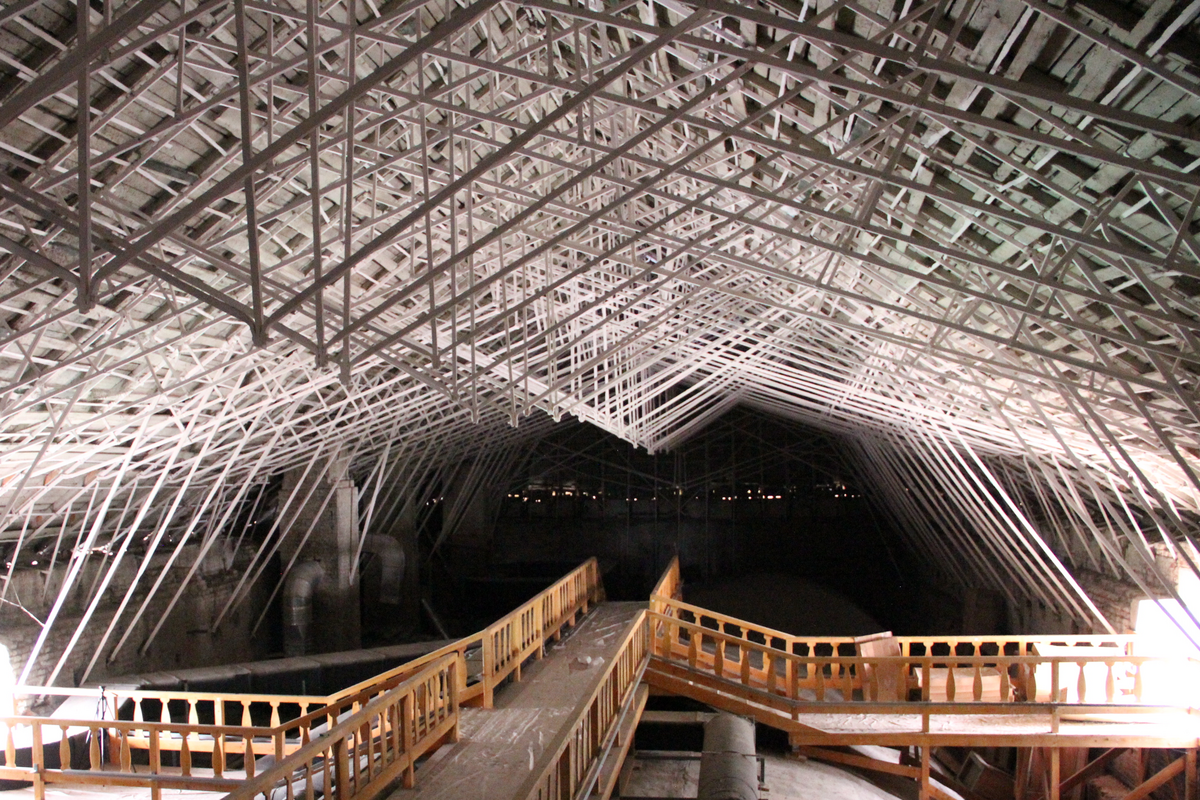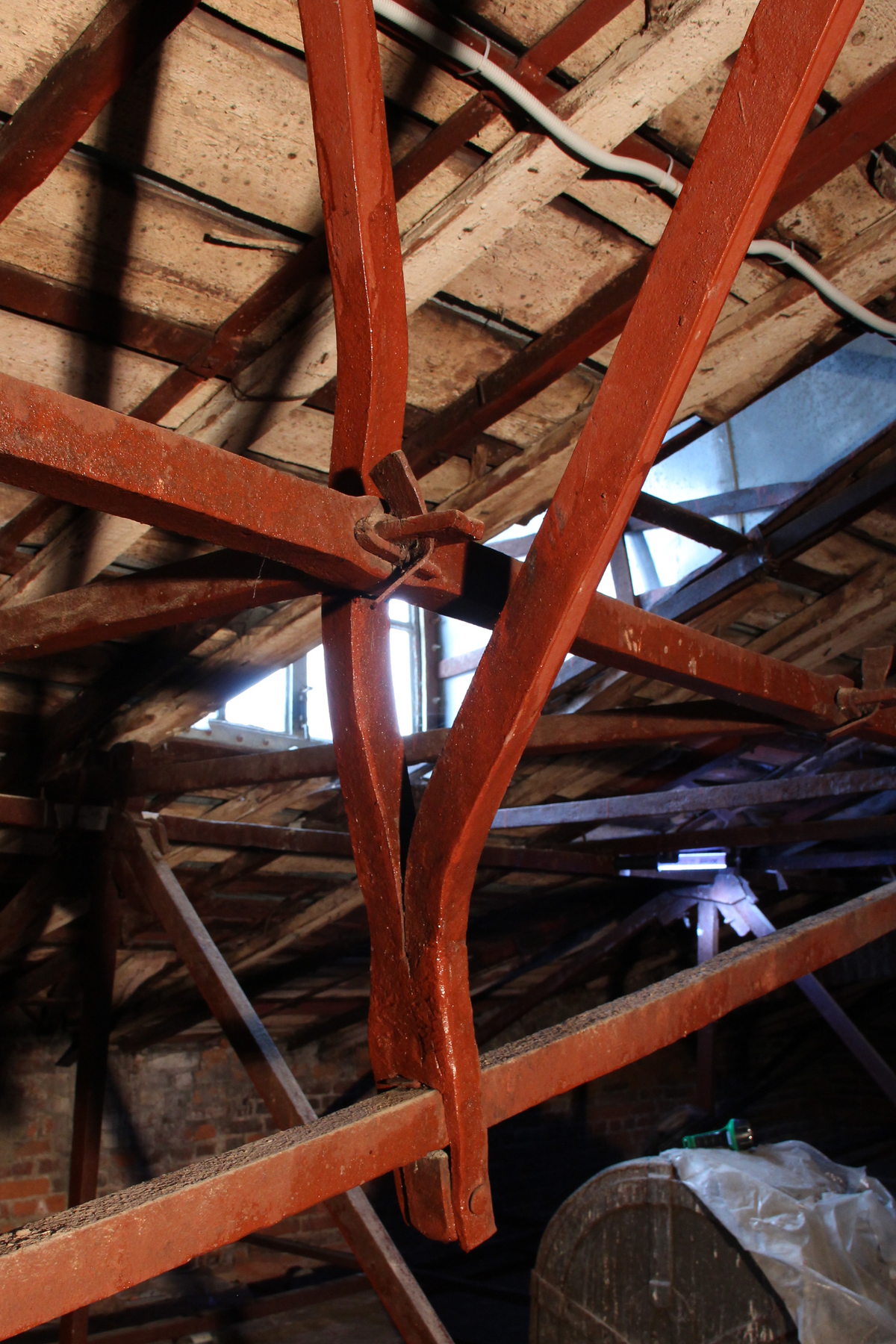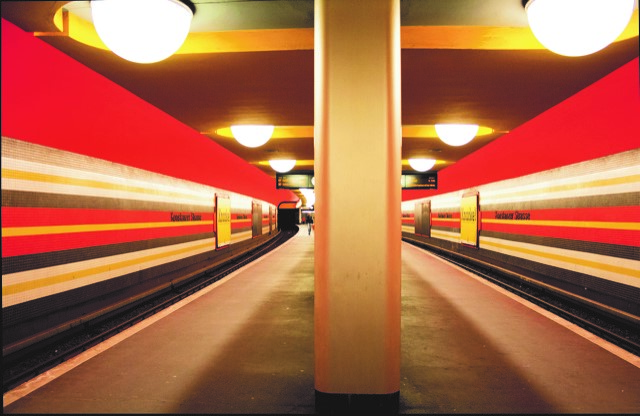Technology and Architecture - DFG Graduate College Rewrites the History of Architecture
What is innovative about the research idea is its positioning at the interface between art and technology. The focus of the Kolleg was on the significance and history of meaning of technical and technological contexts. Compared to traditional approaches in the history of art and architecture, this is a completely new approach that is unique in Germany. Internationally, too, this research gap is only gradually being closed.
Temporally, the results of the project range from antiquity to modern times and geographically from Germany to Europe (Greece, Turkey, Russia, France) to Asia (India, Israel) and Africa (Egypt). Included were a total of 61 individual projects by doctoral students, postdocs and fellows of the Kolleg.
"What unites the research results in all their diversity and internationality is their focus on the concrete object, a specific construction, a building, a specific group of buildings, or even an entire city," emphasizes Prof. Klaus Rheidt, spokesman for the DFG Graduate College and honorary professor at BTU. "The monuments themselves are historical sources that need to be tapped. And they are often more reliable than written sources, since buildings with all the traces of their production and use cannot lie," Rheidt continued.
The DFG Graduate College was an institution of applied and basic research. Based on the results, the history of building technology will have to be rewritten - at least in part.
The work of Dr. Aleksandra Kosykh, for example, played a part in this. The Russian civil engineer came to the College in March 2017 to investigate building with iron in 18th-century Russia, a topic never before addressed in the History of Architecture. The buildings she studied, such as the iron roof structure of the Marble Palace, a large city palace in St. Petersburg, and the Church of St. Sergius in Sergiyev Possad not far from Moscow, shed light on rare construction techniques, early rules of construction, and iron manufacturing processes. As precursors to the more complex and now more famous iron structures of the 19th century, these building systems are an essential link in the development of metalworking and engineering. For her dissertation, "Pioneers of Modern Construction," defended summa cum laude, Kosykh was awarded the May 2023 Advancement Award of the Society for the History of Civil Engineering.
The research project of urban and regional planner Dr. Verena Pfeffer-Kloss is quite different: "Der Himmel unter West-Berlin. The 'post-subjective' subway stations of construction director Rainer Gerhard Rümmler." Rümmler (1929 - 2004) was head of the design subdivision of the Berlin Senate Building Department and in this capacity designed a total of 57 of the new subway stations built in West Berlin between 1964 and 1994. Although the construction of subways often played a central role in the development of numerous major cities during this period, subway stations have been little researched architecturally to date. This work-biography-based research focuses on Rümmler's motto of designing a subway station as a "distinctive place." It is thanks to Kloss's work and her expertise that many of the buildings she studied are now listed monuments. These include the stations on the U7 line from Siemensdamm in Charlottenburg to Rathaus Spandau, which were built in the 1980s.
"The DFG Graduate College has been a flagship of the BTU," said Prof. Michael Hübner, vice president for research and transfer at the Brandenburg University of Technology, in appreciation. "It clearly shaped our key research area 'Smart Regions and Heritage.' The subject matter touched on essential interests of Historical Architectural Research, History of Art, Dankmalpflege, Archaeology and the Historical and Social Sciences. In this constellation, new standards were set for the assessment of historic buildings."
48 doctoral candidates*, nine postdocs and other fellows have published 150 papers in eight edited volumes over nine years. The DFG Graduate College was a cooperation of the BTU Cottbus-Senftenberg with the Humboldt University of Berlin and the Institute for Spatial Social Research in Erkner.



